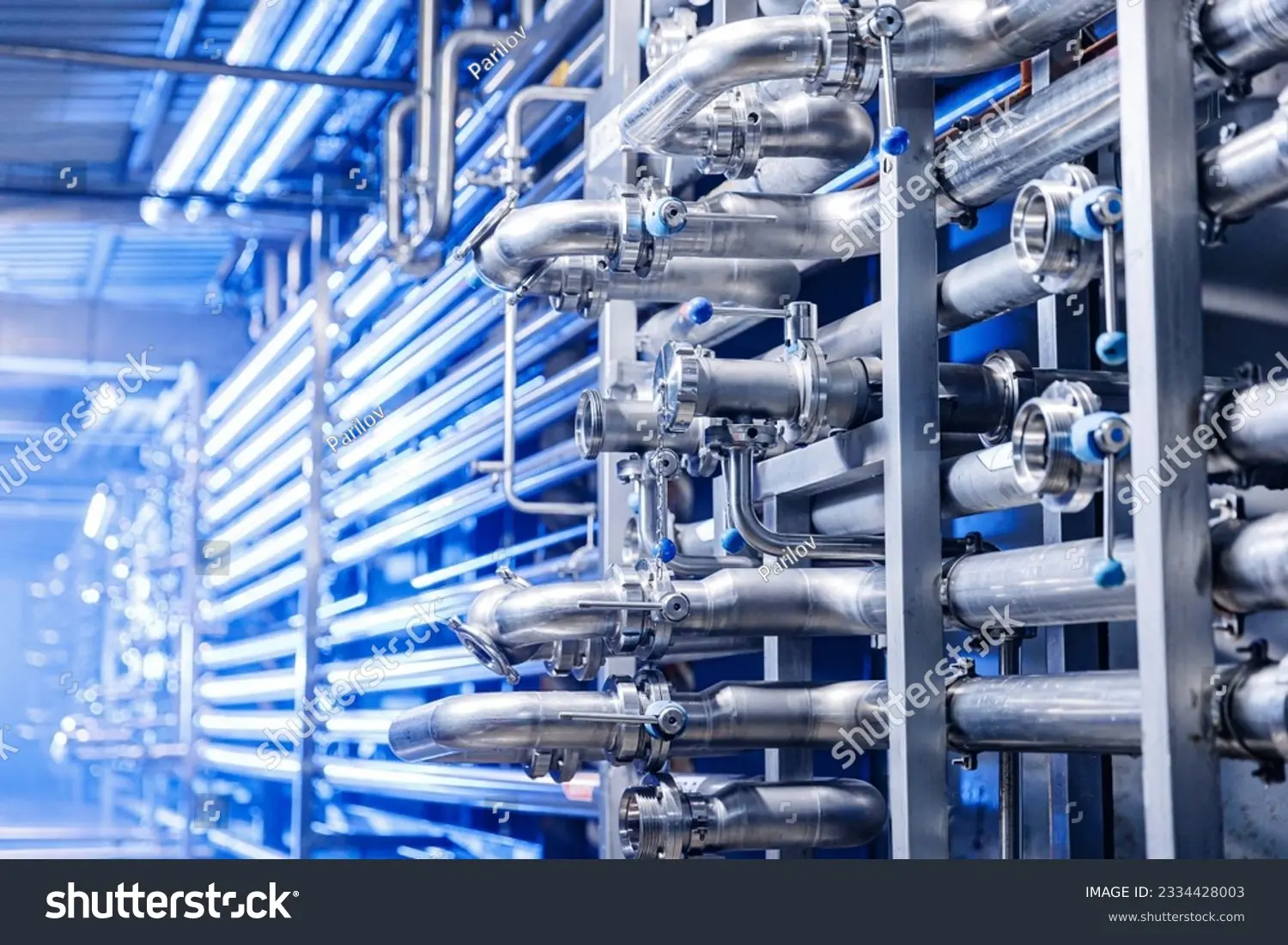Tubo e condotto
The tube and pipe manufacturing sector is responsible for fabricating hollow sections of various geometries—circular, square, and rectangular—which find extensive utility across construction, the oil and gas industry, automotive manufacturing, HVAC systems, civil infrastructure, and general industrial production. These critical products are derived from a diverse array of metallic compositions, encompassing carbon steel, stainless steel, aluminium, copper, and specialized alloys. Production methodologies include both seamless and welded formats.
Parameters such as dimensional precision, material strength, inherent corrosion resistance, and optimized process speed are paramount. Regardless of whether the operation involves forming, welding, coating applications, or heat treatment, manufacturers necessitate consistent and scalable heating solutions. This is precisely where induction heating emerges as an exceptionally potent and transformative tool.

How Induction Heating Supports Tube & Pipe Production
Induction heating offers fast, efficient, and controllable heat for continuous processes like welding, annealing, coating, and forming. It’s ideal for inline production lines and allows for real-time control with minimal thermal waste.
Common Induction Heating Applications in the Tube & Pipe Industry
- Process: Normalizes the weld area after forming and welding
- Application: Electric resistance welded (ERW) pipes
- Benefits:
- Relieves stresses and restores ductility in the weld zone
- Prevents cracking and improves corrosion resistance
- Easy integration into continuous lines
- Used before joining or shaping to reduce thermal gradients
- Applications:
- Structural tubing
- Boiler tubes
- Benefits:
- Prevents cold cracking
- Improves material flow and weld quality
- Purpose: Stress relief and microstructure control after welding
- Applications:
- Pressure-rated pipes
- Oil & gas pipelines
- Benefits:
- Restores mechanical properties
- Reduces hardness and residual stresses
- Used to soften metal after forming or cold working
- Pipes/Tubes:
- Copper water pipes
- Stainless steel instrumentation tubing
- Benefits:
- Improves ductility and formability
- Inline processing reduces handling
- Processes: Preheating for powder coating, galvanizing, or paint curing
- Benefits:
- Faster, cleaner curing without open flames
- Uniform heat distribution ensures high-quality finishes
- Process: Controlled heating of pipe sections for precision bending
- Applications:
- Large-diameter structural or energy pipelines
- Benefits:
- Smooth, controlled bends with minimal thinning or wrinkling
- No filler or mandrels required
Benefits of Induction Heating in Tube & Pipe Manufacturing
- Continuous process compatibility: Perfect for inline production
- Fast and precise heating: Reduces scrap and energy use
- Localized heat zones: Minimizes distortion and thermal stress
- Non-contact and clean: Ideal for scale-free, high-quality surfaces
- Scalable and automatable: Supports modern high-throughput demands